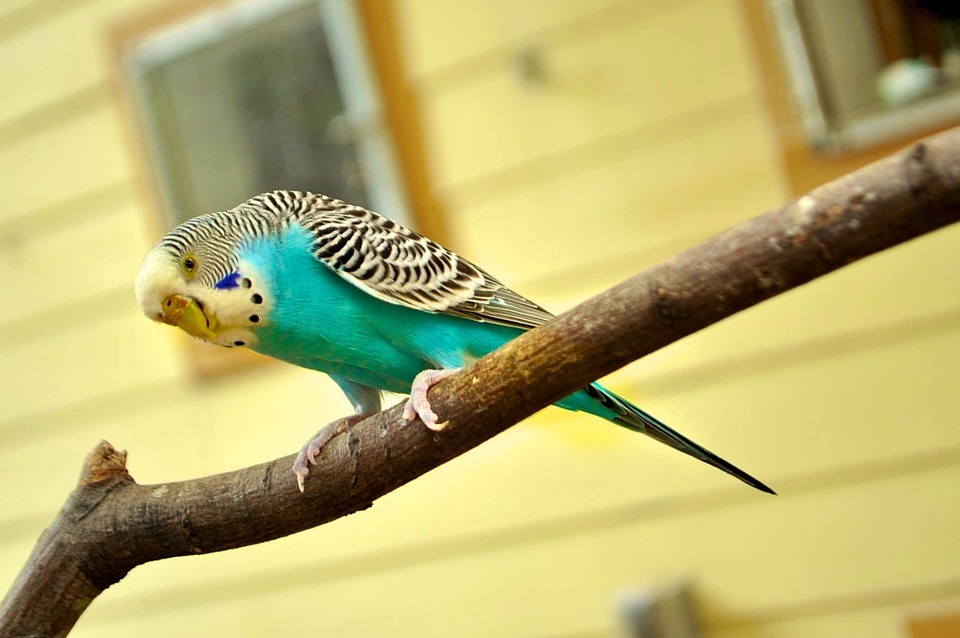The Canary bird is among the best bird pets that you can take care of. This bird species is known to be cheerful, good-natured singers of nature, and low maintenance. In fact, you can keep your Canary’s cage in a room where you usually spend your time, and it will be fine. In such a busy, hectic lifestyle of the modern world, nothing can make it more fun and easier than having a Canary as a pet. If you want to know more about Canaries and their antics, make sure to read further!
History
Having a Canary as a companion dates back to the 1800s and early 1900s, thanks for their ability to detect noxious gas. The bird species also rose to fame when it was used as the model for the yellow cartoon character, Tweety Bird. Despite all of these, Canaries are favorite go-to pet birds for hundreds of years, and the species has been bred into more than 200 breeds, just like dogs.
However, unlike parrots that need hands-on care, Canaries are very low maintenance. This is probably why enthusiasts call Canaries as “forgotten birds.”
Characteristics of a Canary bird
Average size: 4.75 to 8 inches
Average weight: Less than an ounce
Average life span: 5 to 15 years
The Canary’s plumage ranges from very bright yellows to yellow-green, green, shades of orange, and shades of red. There are a lot of canaries available today: Color Canary, Song Canary, and Type Canary.
- Color Canary – This group of Canaries includes birds that were specifically bred for various canary colors, including the Red Factor Canary and Color Bred Canary.
- Song Canary – This includes birds that were specifically bred for their songs, including the Roller Canary, Spanish Timbrado Canary, and American Singer Canary.
- Type Canary – This set of Canary birds were bred for their distinctive characteristics, such as shape, size, and feathering. This group includes the Yorkshire Canary, Norwich Canary, Crested Canary, and Belgian Fancy Canary.
Canary enthusiasts are touted as the most passionate bird keepers, because they need more than little enthusiasm to master the hundreds of subspecies, each with their own distinctive traits.
Most canaries are bred to perform amazing concertos, which they often showcase at canary song competitions. The longest and sweetest songs are performed by a male Canary that is more than 6 months old. If you want a singing bird, experts suggest to hear a bird sing first before buying it.
Caring for a Canary
Canaries enjoy the company of many people but they don’t enjoy much handling like parrots and budgies do. They are extremely intelligent birds—you can train them to sit on your hand and direct it to fly to the other side of the room. Younger Canaries are usually easily trainable, but you can tame them with enough practice.
As a solitary bird, it can thrive alone in an enclosure. But if you want to take care of more than one, avoid housing two male Canaries. They will likely get into lots of fight. A single Canary requires a cage measuring at least 20 in wide and 24 in long. Your pet bird needs enough space to fly for exercise. Provide a variety of wood perches to maintain feet health. Avoid using sandpaper perch covers because they can cause harm to your pet’s feet.
Canaries are pretty hardy birds that can be situated at room temperature, but make sure to keep them away from air conditioners, drafts, and windows that receive direct sunlight. Make sure to also provide a shallow dish of water or give your pet bird a special bath.
In the wild, Canaries usually feed on seeds and occasional insects. In captivity, they are required to be fed with premium seed mixture, particularly those covered with vitamins. Do not forget to remove the seed hulls of those seeds that were already eaten. You can also give your Canary supplements like fresh vegetables such as celery, spinach, broccoli, kale, and peas. Fruits such as apples, grapes, bananas, and oranges are perfect as treats too. Don’t forget to provide fresh, chlorine-free water every day. A day without water can be a cause of death to this bird.
Once the bird is accustomed to your company, allow it to fly around the room daily. An hour of flight time is enough to keep it happy.

